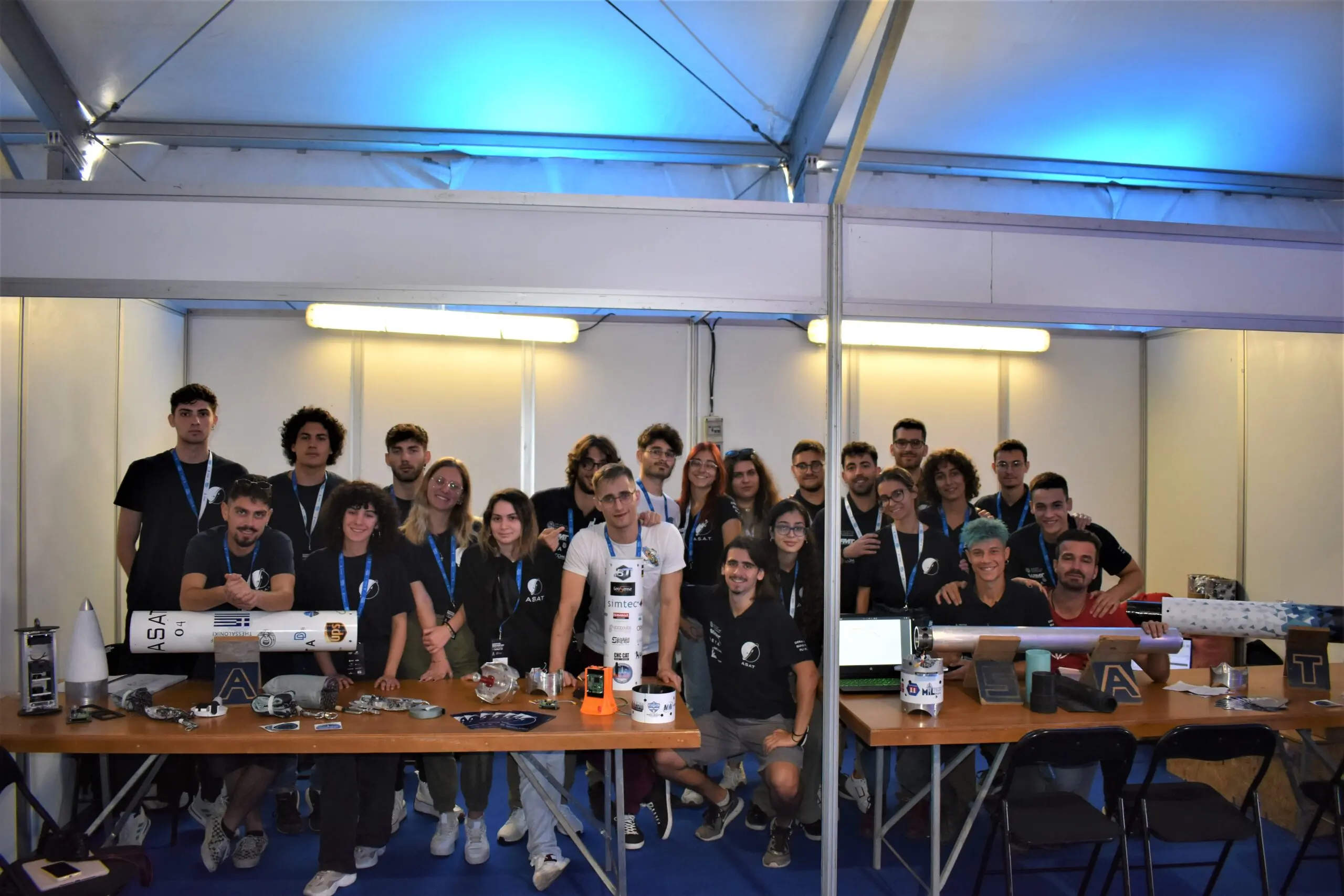Aerodynamics Subsystem
The aerodynamic design of an air vehicle, apart from the study and analysis of the aerodynamic behavior of its parts (wing, fuselage, tail), singleton or combined, includes the study of its dynamic behavior as well, by sizing the control surfaces. This task is undertaken by the control subsystem of the aerodynamics subteam.
The control surfaces are categorized by the rotational axis which they control, and they are parceled out at different parts of the aircraft. The main control surfaces are positioned at the trailing edge of the wing or tail. Τhe ailerons are adjunct to the wing. On a conventional type of empennage, the elevator and the rudder are adjunct to the horizontal and vertical stabilizers, respectively.

The ailerons are the “steering wheel” of the aircraft. They pursue its lateral control, which is the rotation about the longitudinal axis. This movement is called “roll”. The elevator, which is the pivotal control surface, controls the aircraft’s vertical orientation. This kind of orientation is called “pitch” and it stands for the angle between the longitudinal axis and the horizontal plane. Lastly, the rudder is responsible for the vehicle yaw control. This way, it can easily bring the aircraft into alignment, even under a crosswind effect.
From the aspect of engineering, aircraft control refers to the moment adjusting during various phases of the flight. To properly define a moment, the following need to be defined first: the point on which the moment exerts, the axis on which it acts, the force which causes it and the distance between the moment point of reference and the force point of reference.

For the case of control surfaces the aircraft center of gravity acts as the moment point of reference, the axes are the x, y, z-axes and the distance between the center of gravity and the other points are determined each time by the related force. Every control surface corresponds to a different axis. The ailerons act on the x-axis, which is the aircraft longitudinal or fuselage anterior-posterior axis. The elevator controls the moment about the y-axis or lateral axis. This axis the rudder is responsible for is the z-axis or vertical axis.

The control of the aircraft moments is achieved by defining the right deflection of the control surfaces. The deflection position modifies the lift magnitude which is produced by the respective surface. The aim of this control is to achieve the right moment calibration such that it can control the aircraft orientation. In particular, for the aircraft to execute a level cruise flight, the sum of the moments about the three axes must be equal to zero. The control surfaces position where this condition can be achieved is called trim position.
Τhe aerodynamics engineers of the project, through a devoted study, had to understand the logic behind the aircraft dynamic behavior, which is modified by such additions. Based on purposeful search on bibliography, they created tools that predict the fitting coefficients and the ideal dimensions that will match the new aircraft layout which must serve its target mission.





